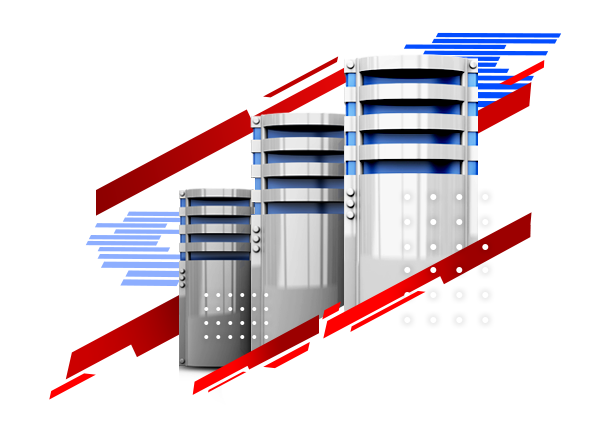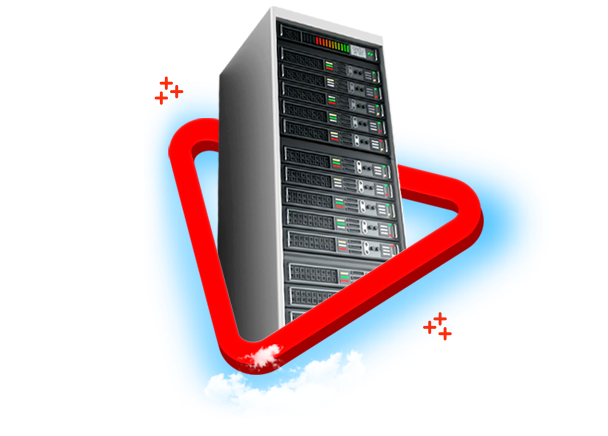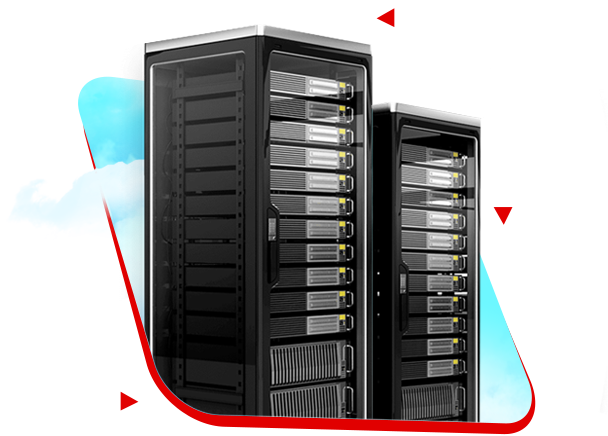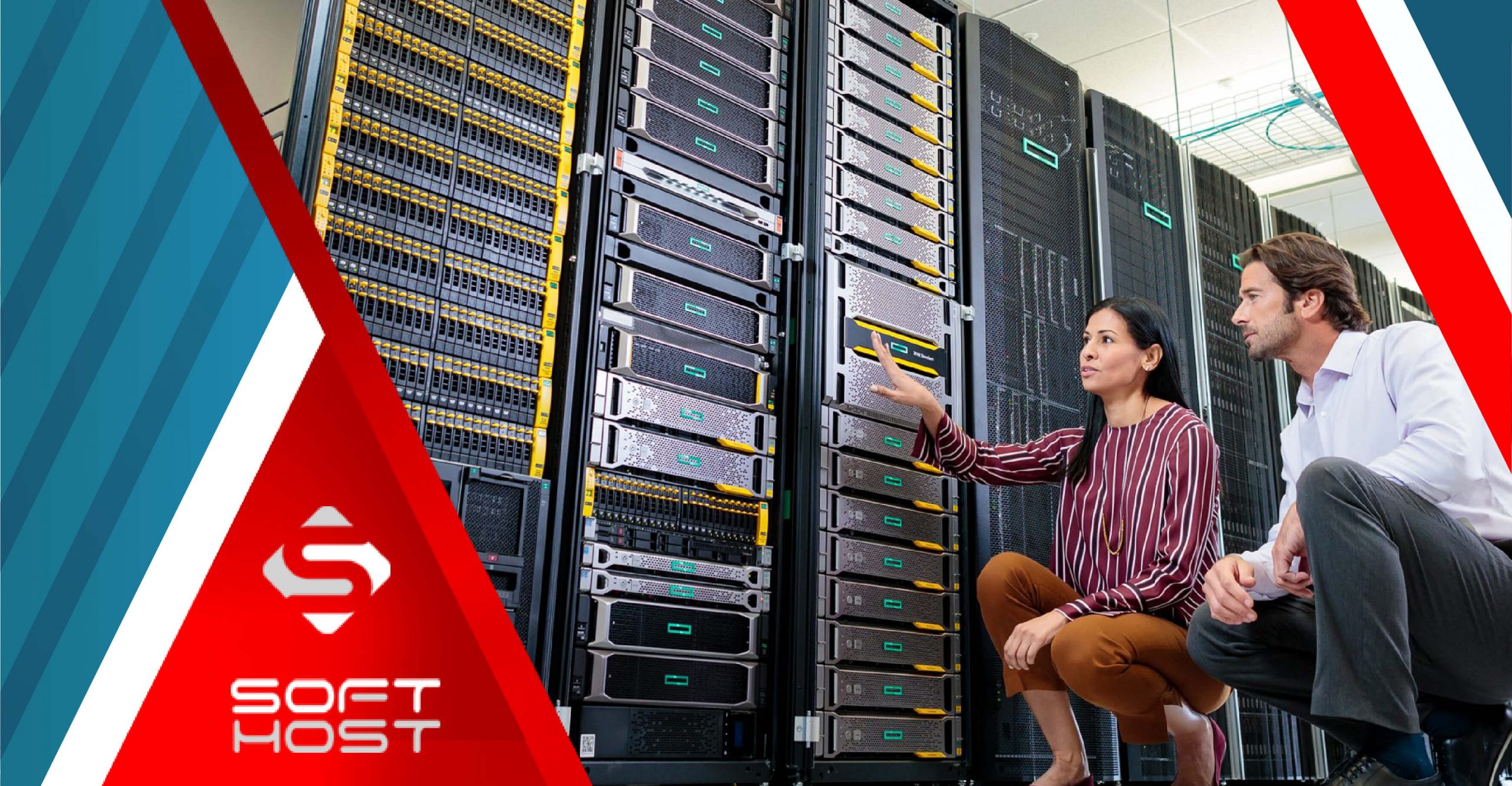
What is PaaS? Platform as a Service, abbreviated as PaaS, is one of the famous cloud computing models. Cloud computing models such as PaaS, Saas and Iaas have many similarities and differences that make the cloud environment useful for serving the user.
PaaS includes infrastructure (servers, storage and network). But on the other hand, there are middleware, development tools, business intelligence services (BII), database management systems, etc. But to fully understand the nature of PaaS, its types, advantages, disadvantages and comparison with similar services, don’t miss reading this article!
What is PaaS?
Table of Contents
Platform as a Service (PaaS) is a complete development and deployment environment in the cloud, which is also called a cloud platform, because the PaaS service is a platform, in other words, everything is ready to launch. PaaS resources allow you to deliver everything from simple cloud-based applications to complex, cloud-enabled enterprise applications. You purchase the resources you need from a cloud service provider for a fee and access them through a secure Internet connection.
PaaS allows you to save on the costs of purchasing and managing software licenses, application infrastructure, middleware or development tools, etc. You manage the applications and services to be developed, and the cloud service provider usually manages the rest.
Common PaaS scenarios
Organizations typically use PaaS for these scenarios:
Development framework
PaaS provides a framework upon which developers can develop or customize cloud-based applications. Similar to the way you create an Excel macro, cloud features like scalability, high availability, and multi-tenant capability are included, reducing the amount of coding developers have to do.
Analysis or business intelligence
Tools delivered as a service with PaaS allow organizations to analyze and mine their data. Also find insight and patterns and predict results to improve product design decisions, return on investment and other business decisions.
other services
PaaS providers may offer other services (such as workflow, directory, security, and scheduling) that enhance applications.
Advantages of PaaS
PaaS offers the same benefits as IaaS or infrastructure as a service. But its additional features such as middleware, development tools and other business tools give you more benefits:
-
Reduce coding time
PaaS development tools can reduce the time required to code new applications with pre-coded application components built into the platform.
-
Increase development capabilities
Platform-as-a-Service components can give your development team new capabilities (without the need to add specialist staff).
-
Easier development for platforms such as mobile
Some service providers offer development options for multiple platforms, such as computers, mobile phones, and browsers, which make developing cross-platform applications faster and easier.
-
Using sophisticated tools at reasonable prices
Paying for PaaS allows individuals or organizations to use advanced development software, business intelligence, and analytics tools that they cannot afford to purchase directly.
-
Remote workforce support
Since the development environment is accessible via the Internet, development teams can work together on projects even when the team members are working remotely.
-
Efficient management of program durability
PaaS provides all the capabilities you need to support web application durability: build, test, deploy, manage, and update in a unified environment.
Types of PaaS
There are three main types of PaaS:
- Public
- Private
- Hybrid
These three main types have also spawned a large number of spin-offs. Here are three of the most popular:
- communication PaaS
- mobile PaaS
- open PaaS
While each has its own unique features, they all share the core features of a typical platform-as-a-service, namely:
Providing an infrastructure: such as server, network, storage
Setting up and deploying servers: Install and configure the operating system, select the desired runtime. Also, install security patches and keep them up to date.
Provision of middleware services: database, messaging service, cache, storage, etc. The types of middleware offered always depend on the choice of PaaS and its implementation.
Let’s take a look at the three main types of cloud platform PaaS, as well as their spin-offs.
Public PaaS
Public PaaS is best used in the public cloud and allows users to control the application deployment, while the vendor manages all the major infrastructure components, including servers, operating systems (OS), databases, storage, etc. presents and manages
Dedicated PaaS
Dedicated PaaS are best used in the private cloud. Dedicated PaaS vendors emphasize security and compliance (while retaining the agility benefits of public PaaS.) Dedicated PaaS runs on any infrastructure and operates in the user’s private cloud.
Hybrid PaaS
Hybrid PaaS runs in a hybrid cloud and is very flexible. Because it combines the benefits of public and proprietary PaaS and offers the ability to have internal infrastructure in a proprietary PaaS.
Platform as a Communication PaaS service
Communication PaaS or CPaaS are cloud-based platforms that allow users to add real-time communication features to their applications. As a rule, real-time communication is added using supporting infrastructure and interfaces. These features are commonly found in apps built for communication purposes (especially messaging and video calling apps).
Platform as Mobile PaaS service
Mobile PaaS or MPaaS is the simplest type of PaaSwe we’ve seen so far because it doesn’t require any coding skills. Mobile PaaS users use a paid integrated development environment (IDE) to configure mobile applications. MPaaS services also provide a drag&drop interface that significantly simplifies the development of HTML5 or native applications.
Platform as an Open PaaS service
Open PaaS are open source and can run on all devices. Open PaaS provides web applications for business-oriented collaboration – such as calendaring and email. They perform best for hybrid cloud applications.
Comparing PaaS to on-premises hosted development environments
PaaS is accessible through any internet connection and makes it possible to build an entire application in a web browser. Since the development environment is not hosted locally, developers can work on the application from anywhere in the world. It enables teams that are geographically dispersed to collaborate. It also means that developers have less control over the development environment, which comes at a much lower cost.
What does PaaS include?
The main offerings offered by PaaS vendors include:
-
Development tools
PaaS vendors provide various tools that are essential for software development, including source code editors, debuggers, compilers, and other essential tools. These tools may be offered together as a framework. The specific tools offered depend on the vendor, but PaaS (cloud platform) offerings should include everything a developer needs to build their application.
-
Middleware
Platforms as a service usually include middleware, so developers don’t have to build it themselves. Middleware is software that sits between a user’s application and the device’s operating system. For example, middleware is what allows software to access input from the keyboard and mouse. Middleware is necessary to run an application, but end users do not interact with it.
-
Operating systems
A PaaS vendor provides and maintains the operating system on which developers work and the application runs on.
-
Database management
PaaS providers manage and maintain databases. They usually also provide developers with a database management system.
-
Infrastructure
PaaS is the next layer above IaaS in the cloud computing service model, and everything that is included in IaaS is also included in PaaS. A PaaS provider either manages the physical servers, storage, and datacenters or buys them from an IaaS provider.
Different vendors may include other services, but these are the main services of the launch pad.
Why do developers use PaaS?
-
Speeding things up
Using PaaS makes it faster for backend developers to build, configure and provision the application platform. Backend infrastructure itself may be used. With PaaS, all they need to do is code and test the application.
-
From beginning to end in an environment
PaaS allows developers to build, test, and debug their applications in one environment. Deployment, hosting and update are also done in this environment. This allows developers to ensure that a web application is properly hosted before release and simplifies the application development lifecycle.
-
PaaS pricing
PaaS is in many cases more cost-effective than using IaaS. In total, overall costs are reduced. Because PaaS customers do not need to manage and provide virtual machines. Additionally, some providers have a pay-as-you-go pricing structure where the vendor only pays for the computing resources used by the application.
As a result, customers’ expenses are usually saved. However, each vendor has a slightly different pricing structure, and some platform providers charge a fixed monthly fee.
-
Ease of obtaining a license
PaaS providers receive all licenses for operating systems, development tools, and everything else included in their platform. Therefore, you will not be involved in the process of obtaining a license.
What are the disadvantages of using PaaS?
PaaS services have many attractions for organizations, but they also face challenges. It is necessary to know these challenges before preparing. In the following, we describe some of the upcoming issues.
-
Use of a vendor’s exclusive product
It may be difficult to switch PaaS providers or vendors. Because the app is built using their tools. Each vendor may have different architectural requirements. Different PaaS providers may not use the same languages, libraries, APIs, architecture or operating system to build and run the platform. Therefore, if the service provider changes, maybe a developer needs to make fundamental changes in his program.
-
Create dependency!
Often the difficulty of switching platforms makes an organization even more dependent on its PaaS provider. But a small change in a vendor’s internal processes or infrastructure can have a big impact on application performance. In addition, if the vendor changes its pricing model, an app may suddenly become more expensive and the cost may not be compatible with the consumer’s budget.
-
Security and compliance challenges
In a PaaS architecture, a vendor may store part of an application’s data (along with hosting its code). In some cases, the vendor may store the database through another (an IaaS provider). Although most PaaS vendors are large companies with strong security, this makes it difficult to fully evaluate and test security measures to protect the application and its data.
In addition, for companies that must comply with strict data security regulations, verifying the compliance of external vendors creates additional barriers to entry for the launchpad.
How is PaaS different from Serverless?
PaaS and Serverless computing are similar in one way: in both, the only thing a developer has to worry about is writing and uploading code. Next, the vendor manages all the back-up processes. However, scaling is very different when using these two models.
Applications built using Serverless or FaaS computing will scale automatically, while PaaS applications (unless programmed to do so) will not.
Their launch and start times are also very different from each other. Serverless applications can be launched almost instantly. But PaaS applications are more like traditional applications and must be running most of the time (or full time) to be immediately available to users.

Another difference is that Serverless vendors, like PaaS vendors, do not provide development tools or frameworks. For this reason, the cost of preparing these two is very different from each other.
What are the most common use cases of PaaS?
-
Application development
PaaS products provide the computing infrastructure, storage capacity, and features that software development teams need to reduce their product development costs and reduce programming costs. Many PaaS products include built-in software components that can be integrated into new applications.
Search, security features, predefined workflow and directory services are such components. Platform services are often designed to meet the needs of web application development (which includes building, testing, application deployment, management, and updates).
-
Scattered teams
Platform as a service is a cloud-based service. This means that customers have access to this service through the Internet. Therefore, software teams in different geographic locations can enjoy equal access to the development environment regardless of their location. Team members can easily access the system while traveling. As a result, collaboration between employees who may not be comfortable working in the same office is simplified.
-
Private cloud strategy
A private cloud environment is an IT-based infrastructure that is used exclusively by a business. This infrastructure can be developed and implemented internally. Of course, it can be managed by other people as well. But the key is that all services are deployed on a private network that can be customized and secured to meet specific needs.
Two famous examples of PaaS
-
Microsoft Azure
Microsoft Azure is a deployment and development environment using the PaaS concept. By its very nature, Azure is able to support the entire web app development cycle, from build to deployment and beyond.
Azure also supports a wide variety of tools, languages, and frameworks. Developers who use it can access more than a hundred related services of a Microsoft cloud computing service.
-
Google App Engine
Google App Engine offers itself as part of the Google Cloud ecosystem. This service is considered a type of serverless PaaS with high scalability for rapid development. Being a giant, Google can provide very capable servers that can handle almost any volume of queries.
However, some problems have been raised by the developers regarding this service. These include partial lack of support in some language environments, lack of development tools, inability to connect and play some programs.
last word
In the simplest terms, Platform as a Service (PaaS) is a form of cloud computing. PaaS provides a broad set of cloud-based application infrastructure through the cloud. Like other cloud computing models, the user or customer consumes the services in a shared manner based on the need. The benefits of PaaS or launch platform for enterprises are similar to other cloud computing scenarios:
- Potentially lower TCO
- Convenient web-based access to services
- Elastic scalability
- High availability
- Instant update
- Reducing the need for internal infrastructure
- Businesses that implement one or more PaaS applications benefit from these benefits.
But with the growth of cloud computing, security has become a bigger issue, and this includes the deployment of the launch pad. Big players like Amazon, Microsoft, and Google are only expanding their current services to differentiate themselves, compete in the market, and better meet customer needs. However, the problems with cloud services will not go away anytime soon.
CATEGORY:Blog











